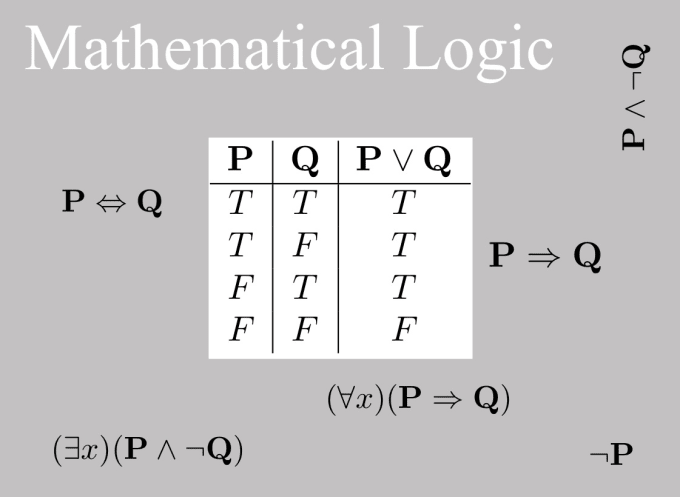Complexity control is the central problem of writing software in the real world.
Eric S. Raymond

Hello dear readers! first i hope everyone is safe. Secondly, it is the mondy-iest WEDNESDAY ever! Ergo its time for a Snake_Byte!
Grabbing a tome off the bookshelf we randomly open and it and the subject matter today is Module Packages. So there will not be much if any code but more discussion as it were on the explanations thereof.
Module imports are the mainstay of the snake language.
A Python module is a file that has a .py extension, and a Python package is any folder that has modules inside it (or if your still in Python 2, a folder that contains an __init__.py file).
What happens when you have code in one module that needs to access code in another module or package? You import it!
In python a directory is said to be a package thus imports are known as package imports. What happens in import is that the code is turned into a directory from a local (your come-pooter) or that cloud thing everyone talks about these days.
It turns out that hierarchy simplifies the search path complexities with organizing files and trends toward simplifying search path settings.
Absolute imports are preferred because they are direct. It is easy to tell exactly where the imported resource is located and what it is just by looking at the statement. Additionally, absolute imports remain valid even if the current location of the import statement changes. In addition, PEP 8 explicitly recommends absolute imports. However, sometimes they get so complicated you want to use relative imports.
So how do imports work?
import dir1.dir2.mod
from dir1.dir2.mod import xNote the “dotted path” in these statements is assumed to correspond to the path through the directory on the machine you are developing on. In this case it leads to mod.py So in this case directory dir1 which is subdirectory dir2 and contains the module mod.py. Historically the dot path syntax was created for platform neutrality and from a technical standpoint paths in import statements become object paths.
In general the leftmost module in the search path unless it is a home directory top level file is exactly where the file presides.
In Python 3.x packages changed slightly and only applies to imports within files located in package directories. The changes include:
- Modifies the module import search path semantic to skip the package’s own directory by default. These checks are essentially absolute imports
- Extension of the syntax f from statements to allow them to explicitly request that imports search the packages directories only, This is the relative import mentioned above.
so for instance:
from.import spam #relative to this packageInstructs Python to import a module named spam located in the same package directory as the file in which this statement appears.
Similarly:
from.spam import namestates from a module named spam located in the same package as the file that contains this statement import the variable name.
Something to remember is that an import without a leading dot always causes Python to skip the relative components of the module import search path and looks instead in absolute directories that sys.path contains. You can only force the dot nomenclature with relative imports with the from statement.
Packages are standard now in Python 3.x. It is now very common to see very large third-party extensions deployed as part of a set of package directories rather than flat list modules. Also, caveat emptor using the relative import function can save memory. Read the documentation. Many times importing AllTheThings results in major memory usage an issue when you are going to production with highly optimized python.
There is much more to this import stuff. Transitive Module Reloads, Managing other programs with Modules (meta-programming), Data Hiding etc. i urge you to go into the LazyWebTM and poke around.
in addition a very timely post:
PyPl is running a survey on packages:
Take the survey here -> PyPl Survey on Packages
Here some great comments and suggestions via Y-Combinator News:
Y-Combinator News Commentary on PyPl Packages,
That is all for now. i think next time we are going to delve into some more scientific or mathematical snake language bytes.
Until Then,
#iwishyouwater <- Wedge top 50 wipeouts. Smoookifications!
MUZAK TO BLOG BY: NIN – “The Downward Spiral (Deluxe Edition)”. A truly phenomenal piece of work. NIN second album, trent reznor told jimmy iovine upon delivering the concept album “Im’ Sorry I had to…”. In 1992, Reznor moved to 10050 Cielo Drive in Benedict Canyon, Los Angeles, where actress Sharon Tate formally lived and where he made the record. i believe it changed the entire concept of music and created a new genre. From an engineering point of view, Digidesign‘s TurboSynth and Pro Tools were used extensively.


























